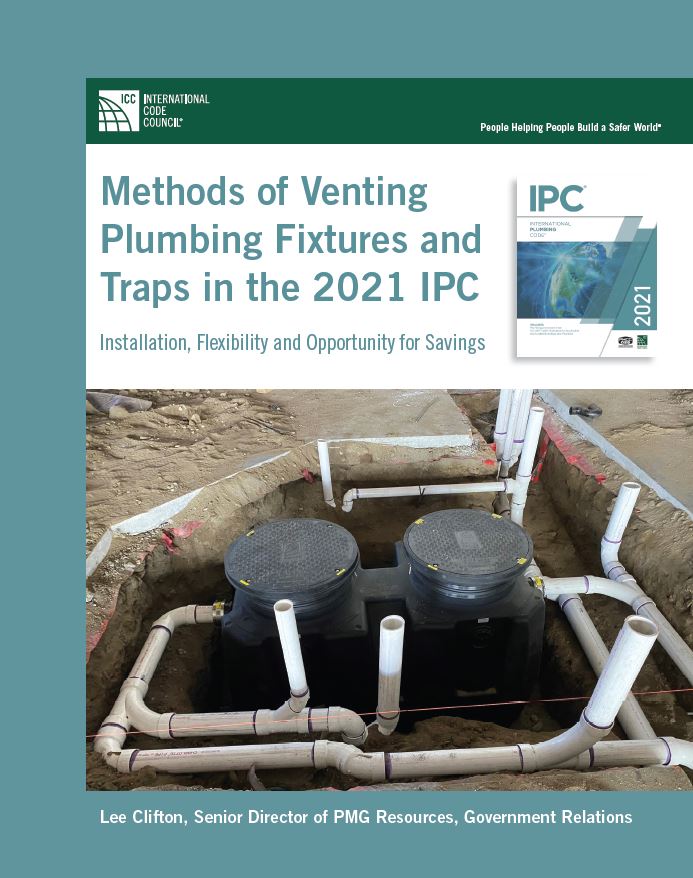A combination waste and vent system is a specially designed waste piping system that allows for the horizontal wet venting of multiple sinks or floor drains using a common waste and vent pipe. This system must be adequately sized to ensure free movement of air above the drain’s flow line.
The combination waste and vent system is an essential aspect of plumbing design, allowing for efficient and balanced drainage in commercial and residential buildings. By incorporating a single waste and vent pipe to serve multiple fixtures, it helps streamline the plumbing system, reducing the need for complex and space-consuming piping arrangements.
This system ensures effective venting of sewer gases, maintains proper air pressure, and facilitates the removal of sewage and greywater. Understanding the function and requirements of a combination waste and vent system is crucial for plumbing professionals to ensure proper installation and compliance with building codes and regulations.
Combination Waste And Vent System Overview
A combination waste and vent system is a specially designed waste piping system that incorporates the horizontal wet venting of one or more sinks or floor drains using a common waste and vent pipe adequately sized to provide free movement of air above the flow line of the drain. This system serves floor drains, sinks, lavatories, and drinking fountains and helps maintain proper air pressure to enable the removal of sewage and greywater from a dwelling. In modern plumbing, a drain-waste-vent (DWV) system allows air to enter the plumbing system to balance pressure and facilitate the safe venting of harmful sewer gasses. The system typically includes continuous vents and wastes connected to a single trap. It is crucial to ensure that waste pipes have proper venting to prevent pressure build-ups and maintain a balanced air atmosphere within the plumbing system.
What Is Combination Waste And Vent System?
The Combination Waste and Vent System is a specially designed system of waste piping that incorporates horizontal wet venting of one or more sinks or floor drains using a common waste and vent pipe adequately sized to allow free movement of air above the flow line of the drain. This system serves floor drains, sinks, lavatories, and drinking fountains. The Definition of Combination Waste and Vent System refers to an innovative approach that ensures the proper removal of sewage and greywater from a dwelling by allowing air to enter the plumbing system to maintain correct air pressure. The primary features of Combination Waste and Vent System include the incorporation of a vertical vent as a continuation of the drain, as well as the use of drain-waste-vent (DWV) systems to enable proper air pressure and the removal of harmful sewer gases. This system is essential for safe venting and for drawing air into the plumbing system to balance pressure build-ups.
Components Of Combination Waste And Vent System
In a combination waste and vent system, there are several key components that work together to ensure proper drainage and ventilation. The vents in the system allow air to enter the plumbing system to maintain the proper air pressure for the removal of sewage and greywater. Waste pipes, which are often also vent pipes in modern plumbing, enable the safe venting of harmful sewer gases as well as allowing air to be drawn into the system to re-balance pressure build-ups. The traps play a crucial role in preventing sewer gases from entering the building, while the drains facilitate the removal of waste and water from the fixtures. Together, these components make up the combination waste and vent system, providing efficient and effective drainage and ventilation for various fixtures in a building.

Credit: www.iccsafe.org
Frequently Asked Questions On Combination Waste And Vent System
What Is A Combination Waste And Vent System?
A combination waste and vent system is a specially designed waste piping system that allows horizontal wet venting for sinks and floor drains using a common pipe. This system ensures free movement of air above the drain flow line.
What Is A Continuous Waste And Vent?
A continuous waste and vent is a drain system that allows wet venting of sinks or drains using a shared pipe. It maintains air movement above the drain’s flow line, serving multiple fixtures with a single trap and connecting the vent with a drain.
What Is It Called When Waste Pipes Are Also Vent Pipes?
When waste pipes also serve as vent pipes, it’s called a combination waste and vent system, allowing for proper air pressure and sewage removal. This system uses one pipe for both functions, ensuring air movement and pressure balance.
Does A Waste Pipe Need A Vent?
Yes, a waste pipe needs a vent to allow air to be drawn into the system for safe venting of harmful sewer gases and to rebalance any pressure build-ups.
Conclusion
Combination waste and vent systems offer an efficient and versatile solution for plumbing needs. With its ability to accommodate multiple fixtures using a single waste and vent pipe, this system ensures free movement of air, preventing the buildup of harmful sewer gases.
As a result, it provides a safe and effective means of drainage while maintaining proper air pressure within the plumbing system.

